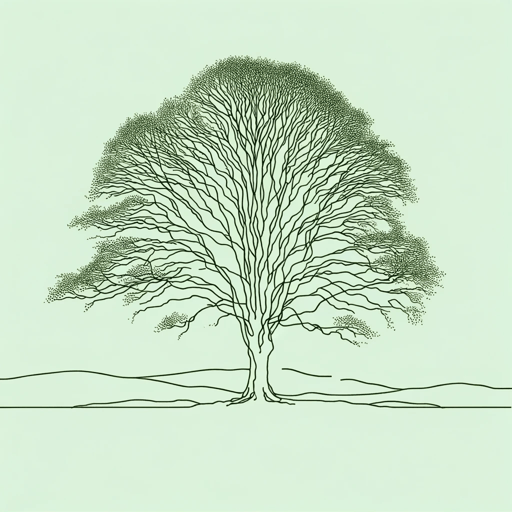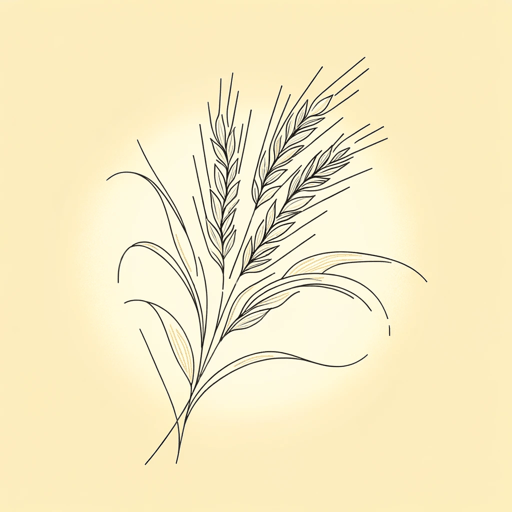19 pages • 38 minutes read
William WordsworthDaffodils
Nonfiction | Poem | Middle Grade | Published in 1973A modern alternative to SparkNotes and CliffsNotes, SuperSummary offers high-quality Study Guides with detailed chapter summaries and analysis of major themes, characters, and more.
Literary Devices
Form and Meter
“Daffodils” is a lyric poem of 24 lines, divided into four rhyming stanzas with six lines each, known as sestets. The rhyme scheme of each sestet is ABABCC. The lines are written in iambic tetrameter, four groups of stressed followed by unstressed syllables. This creates a gentle, rhythmic sound, an even pace that mimics walking. Yet, what drives the underlying tension of the poem is William Wordsworth’s careful use of verbs. Although the poem begins in first-person past tense, the speaker seems to be actively searching through aimlessness (the “lonely” wanderer of the title). Urgency is achieved by the speaker’s noted surprise at seeing the field of daffodils. The use of gerund phrasing for the action of the daffodils such as “fluttering and dancing” (Line 6) and “tossing” (Line 12), as well as the “sparkling” (Line 14) sea, adds to the feeling of immediacy and amplifies the speaker’s longing to join their “jocund company” (Line 16). The liveliness of the experience is then missed when it’s revealed that it has past: “For oft, […] I lie / in vacant or in pensive mood” (Lines 19-20). Relief comes when the moment is revived and spoken of in the present tense.
Related Titles
By William Wordsworth

A Complaint
William Wordsworth

A Slumber Did My Spirit Seal
William Wordsworth

Composed upon Westminster Bridge, September 3, 1802
William Wordsworth

I Wandered Lonely as a Cloud
William Wordsworth

Lines Composed a Few Miles above Tintern Abbey ...
William Wordsworth

London, 1802
William Wordsworth

Lyrical Ballads
William Wordsworth

My Heart Leaps Up
William Wordsworth

Ode: Intimations of Immortality from Recollections of Early Childhood
William Wordsworth

Preface to Lyrical Ballads
William Wordsworth

She Dwelt Among The Untrodden Ways
William Wordsworth

She Was a Phantom of Delight
William Wordsworth

The Prelude
William Wordsworth

The Solitary Reaper
William Wordsworth

The World Is Too Much with Us
William Wordsworth

To the Skylark
William Wordsworth

We Are Seven
William Wordsworth

